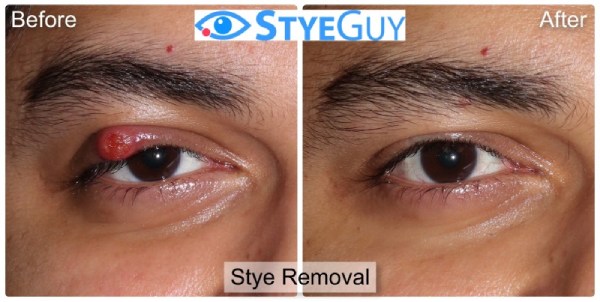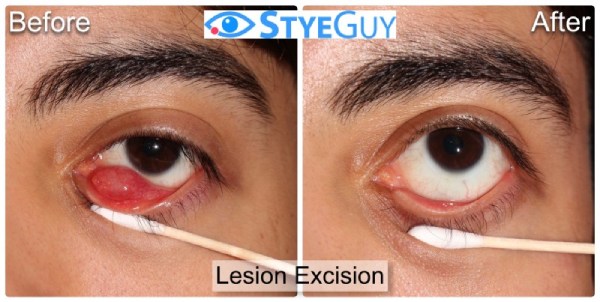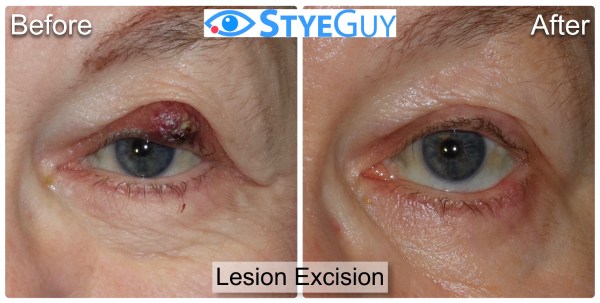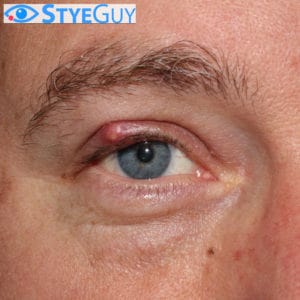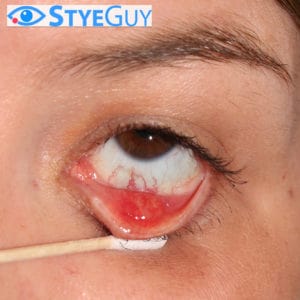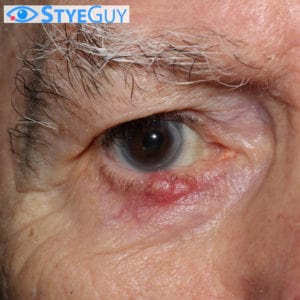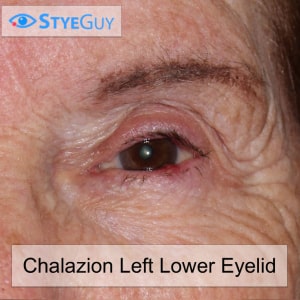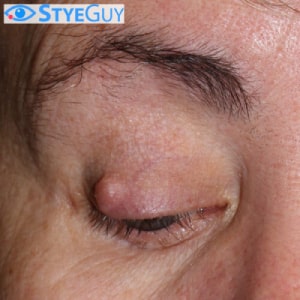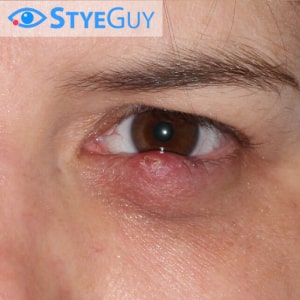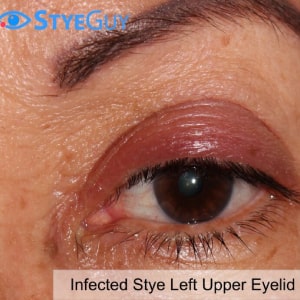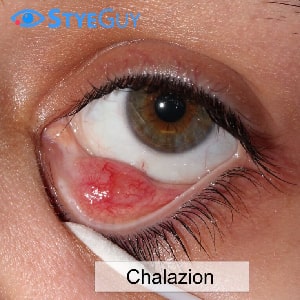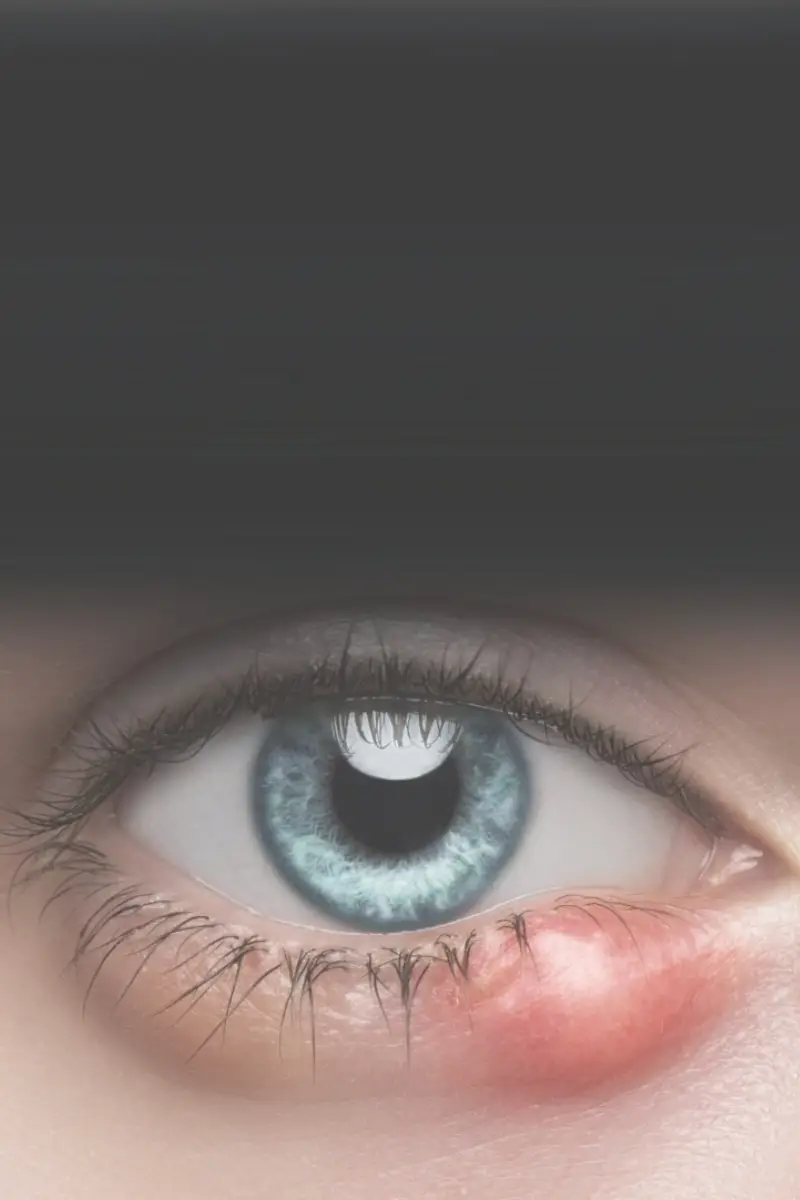
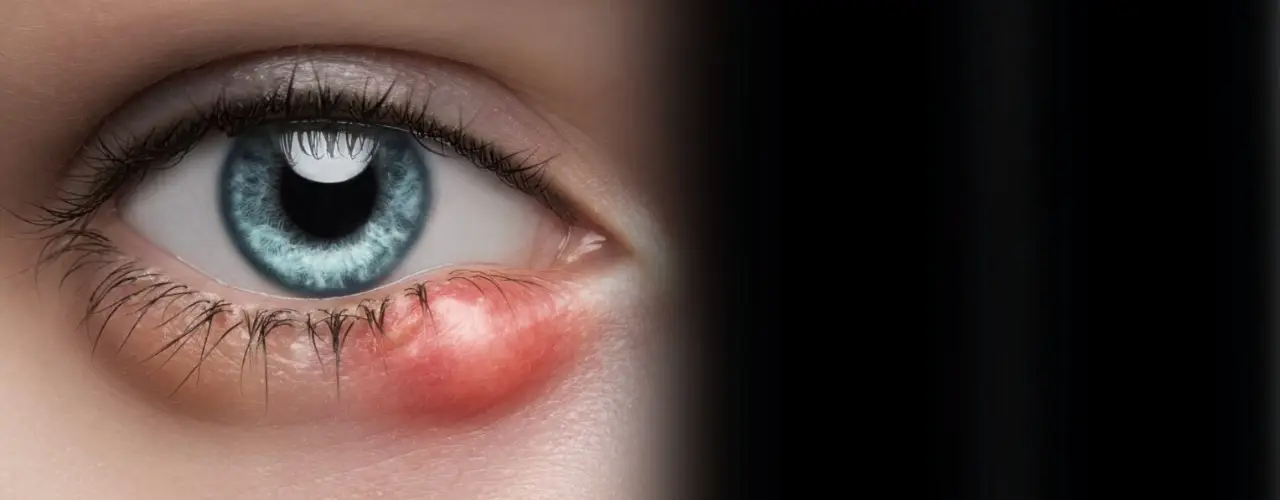
The Fastest & Easiest Way To Treat A Stye or Eyelid Infection
- Answer 20 Questions About Your Eyelid
- Upload A Photo
- Get A Prescription Antibiotic Medication
- The Doc Will Explain Everything and Answer All of Your Questions
How to Get Rid of your Stye in
3 Easy Steps
No appointments necessary. No time off from work. $89 consultation fee. No copay. No deductible.

Tell Us About Your Stye
Fill out our quick, easy and secure online consultation form.

Snap a Photo
Upload a photo of your stye without even leaving your couch or office!

Get Treated, Fast!
Dr. Dan Landmann will review your info, then design a customized treatment plan and prescribe an Antibiotic/Steroid to your pharmacy.
Dr. Landmann's Specialties
Stye Treatment
Eyelid Infection
Eyelid Surgery
Learn More about what a stye is, where it came from and most importantly, how to get rid of it.
Painful, red, swollen and needs to get better fast. Find out how we can help you today.
Dr. Dan literally just does eyelid surgery. Trust your eyes to the expert.
Stye Treatment
Learn More about what a stye is, where it came from and most importantly, how to get rid of it.
Eyelid Infection
Painful, red, swollen and needs to get better fast. Find out how we can help you today.
Eyelid Surgery
Dr. Dan literally just does eyelid surgery. Trust your eyes to the expert.
What Is a Stye
Your eyelids are lined with glands. These glands make oil to lubricate your eyes. These glands are the culprits behind the terrible red painful bump on your eyelid. Styes are essentially blocked tear glands – instead of making “oil” your glands are making a thicker, more “buttery” consistency oil. So, the gland gets clogged, backed up, swollen, inflamed and quickly turns into a bump.
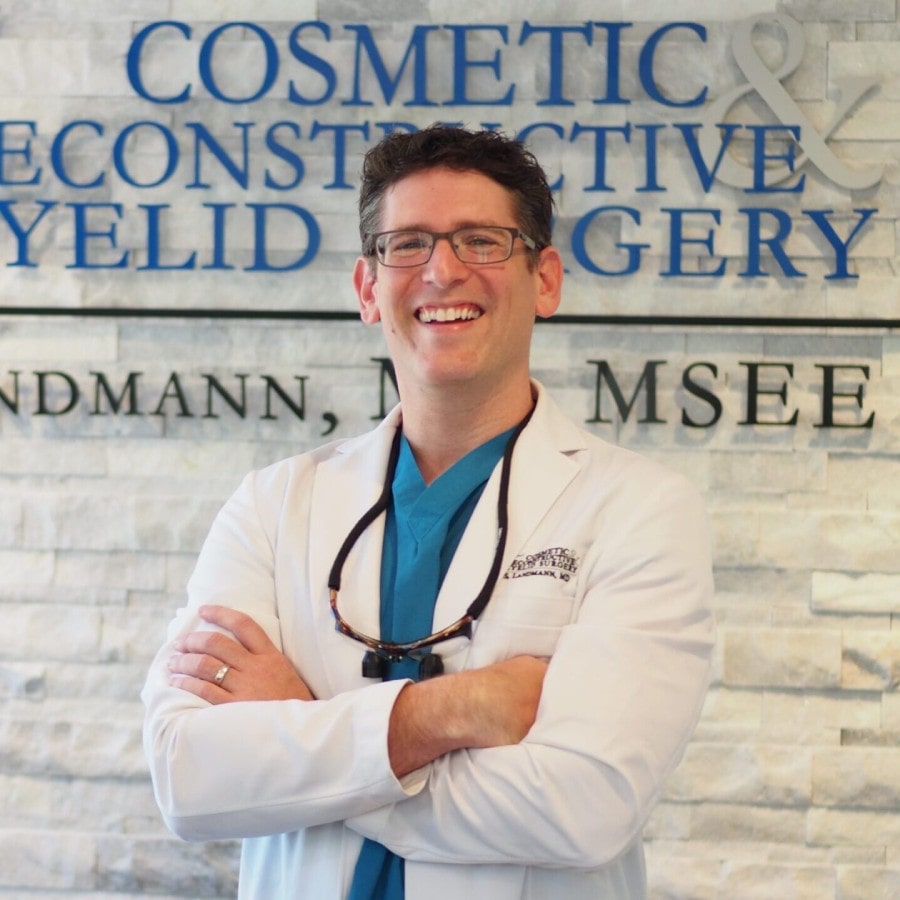
About The StyeGuy
Dr. Dan Landmann is a board-certified Ophthalmologist in River Edge, New Jersey. He is sub-specialized in Oculo-Plastic Surgery, which focuses on cosmetic & reconstructive surgery of the eyelids. He literally spends every single day treating just eyelid problems! No doctor cares more about your stye, and wants to help you get rid of it as fast as possible than Dr. Landmann.
He created StyeGuy.com to help patients get expert advice on treating their styes and we’ve treated patients from all around the World. His guiding philosophy is to use the safest and most scientifically proven techniques to treat your stye as fast as possible and to make you get back to normal as fast as possible.
Frequently Asked Questions
- A Stye is the non-technical term for either a Chalazion or Hordeolum.
- A Hordeolum is a sudden onset infection or abscess.
- A Chalazion is a small area of inflammation. Usually it develops slower and lasts longer.
- Color: Red or skin colored
- Shape: Usually a distinct, round bump near the eyelashes. Sometimes the lid just looks swollen.
- Location: Either the front or back of the eyelid. Upper eyelid or the lower eyelid. Sometimes they are just under the surface and easily seen; Sometimes they are in the middle of the eyelid and can’t be seen, but can be felt. Most commonly, they are near the eyelashes.
- Pain: Usually a dull, uncomfortable tenderness. Sometimes painless though.
- Onset: Usually pretty quick, over the course of a couple hours or days.
- How long they last: Hopefully not very long! But the real answer is, it varies and is unpredictable. Sometimes just a few days.. sometimes for months…
- Effect on vision: A stye should not affect your vision dramatically.
- Age of the patient: Most commonly, these occur in patients less than 40 years old, but they can occur at any age.
- Skin Cancer – can look very similar to a stye. Basal Cell Carcinoma is the most common type of skin cancer that forms on the eyelid.
- Preseptal cellulitis – which is an actual infection of the skin. Typically, the whole eyelid gets red, more painful and swollen.
- Sebaceous cell Carcinoma – this is a very serious and aggressive form of cancer. We worry about this more in older patients who have recurrent Styes on one eyelid.
- Pyogenic Granuloma – this is a deep red and inflamed bump that comes after a patient had a stye.
- Other Growths – such as cysts, nevi and benign lid tumors can all look like styes.
- Most important: Keep your eyelids warm. Use a warm compress on a consistent basis. The idea being to liquefy any oily secretions within the glands. Either in the shower by placing your warm hands over your eyelids or with a warm compress.
- Eyelid Hygiene: If you have blepharitis (red, crusty eyelids) then try using Gentle Lid Scrubs.
- Flaxseed Oil: Flaxseed Oil is not only good for your skin, but also helps lessen the chance you will get as many styes in the future. Styes come from glands that make oil. When you take Flaxseed Oil on a consistent basis, the glands make less viscous oil. You can take either the pill form or the powder form.
- Manage Rosacea: Rosacea is a skin disease that causes redness of the eyelids, cheeks, nose, forehead and chin. If you have Rosacea – a dermatologist is best at helping to manage that. In turn, keeping the Rosacea under control will help prevent styes from forming.
- Make sure to clean off your eye makeup every night. Don’t share makeup with friends and throw out any old eye makeup.
The good news is that styes are not contagious. The bad news is that you can’t get a note to skip school or work because of a stye. Haha, just kidding; we’ll email you a note if you need one.
- Do Not try popping it yourself.
- Do Not try tweezing it yourself.
- Do Not stick a needle in it.
- Do not rub gold on it – unless you have too much gold!
- Do Not rub salt on it.
- Do Not rub Vaseline on it.
- This is the most important question – and yet the most controversial. Ask 5 different eye surgeons how to treat a stye – and you’ll get at least 5 different answers. Doctor Landmann’s approach incorporates two of his core principles: Safety and Aesthetics. Because he is an ophthalmologist that specializes eyelids, his management algorithm has been refined to get rid of your stye as fast as possible, using the safest medical and surgical techniques and provides you with the best aesthetic outcome. By getting an online consultation with Dr. Landmann, you’ll get detailed information on what your eyelid bump really is – because sometimes it might not even be a stye. Depending on what your individual problem is, he will give you detailed information on how to treat it. If your problem is a stye, he will be able to call in a prescription for you to your local pharmacy instantaneously. If it is something more serious, like eyelid cancer, then he will help you treat it. And if you have any specific questions about your stye, then you’ll also have an opportunity to write out your question and get a detailed response back.
People Hate Styes, But Love StyeGuy!

